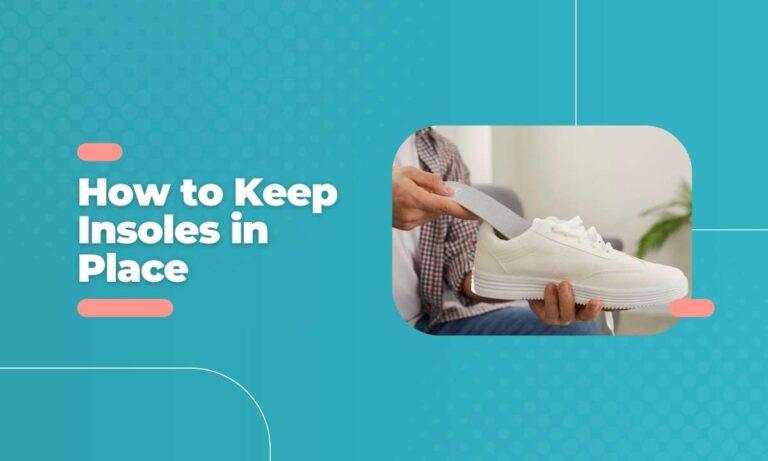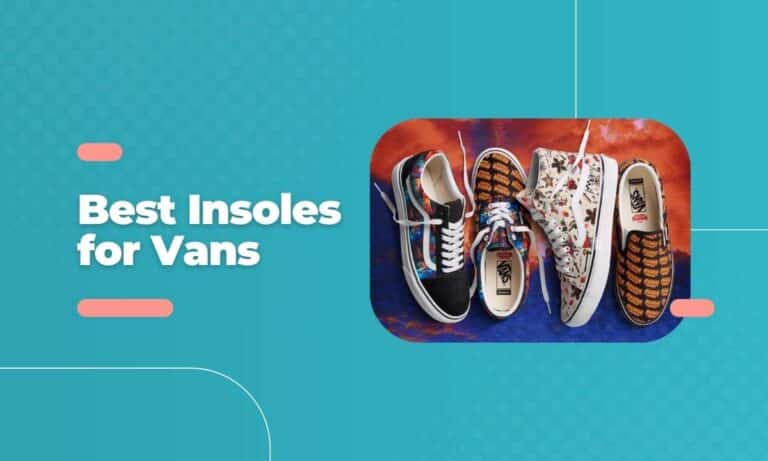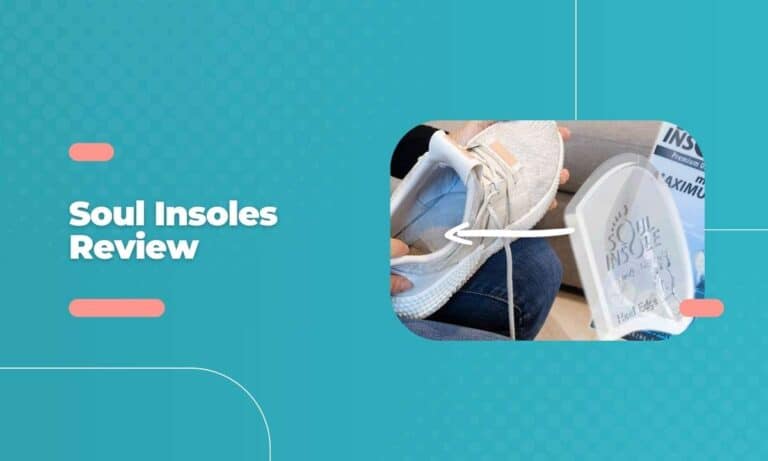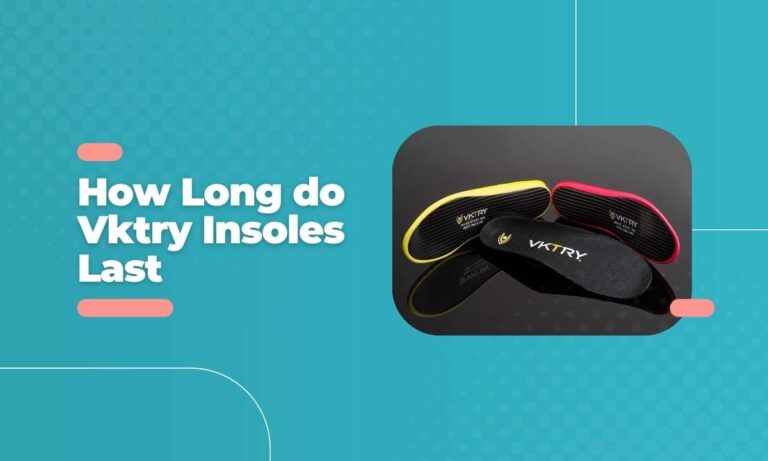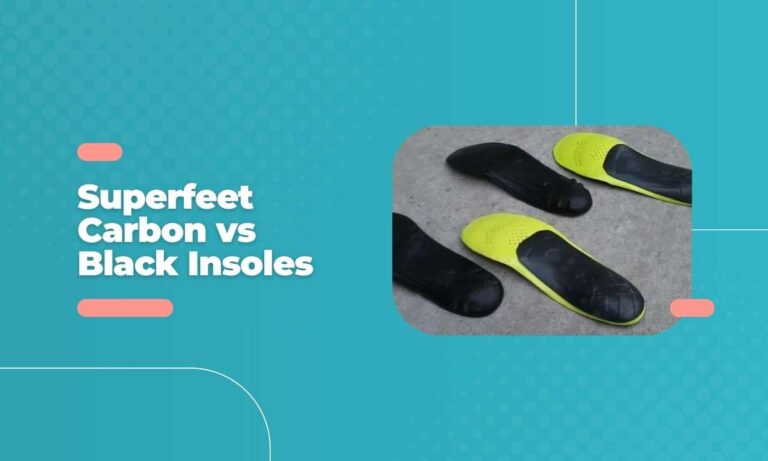Top Picks: The Best Insoles for Back Pain in 2024
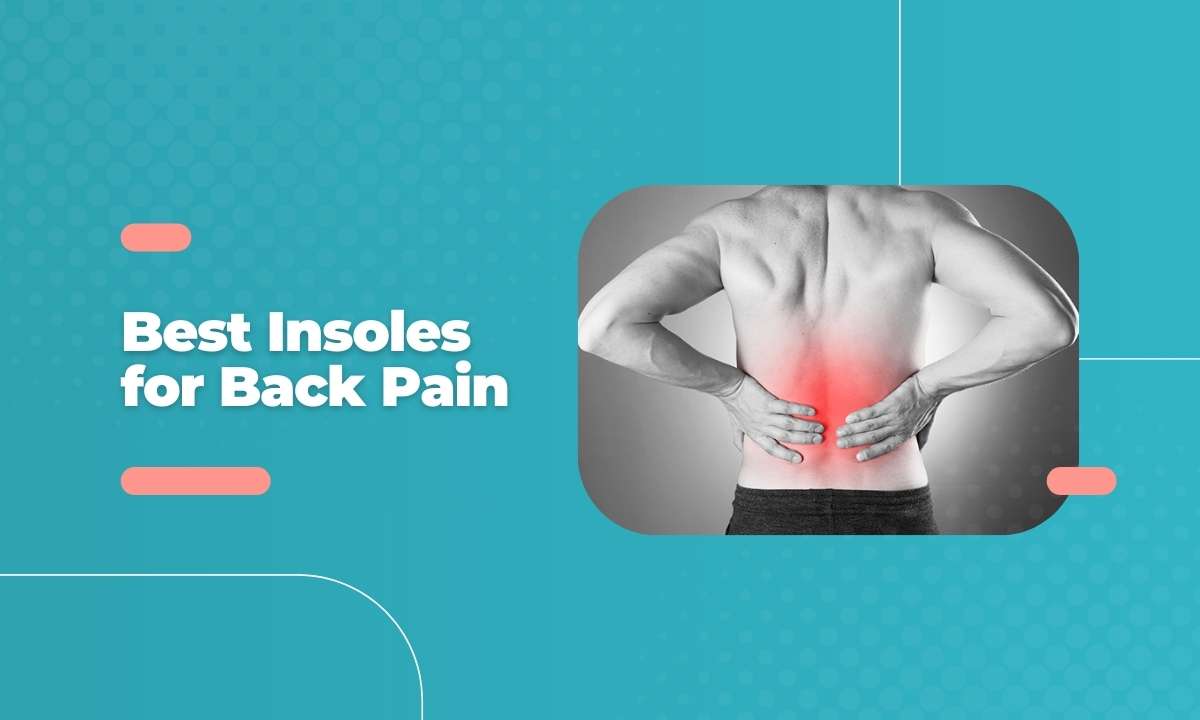
Back pain is a common condition that impacts millions of people worldwide.
While there are various causes of back pain, one often overlooked factor is improper foot support. Insoles, also known as orthotics, can provide much-needed arch support and alignment, potentially alleviating back pain and improving overall foot health.
In this article, we’ll explore the causes of back pain and how the right insoles can offer relief and improved comfort.
What are the Best Insoles for Back Pain?
Here are the top insoles to consider for back pain relief.
1. Powerstep Unisex-Adult Pinnacle Work

Key Features:
- Effective pain relief during strenuous activities.
- Trusted podiatrist recommendation for foot support.
- Suitable for high arches, reducing back pain.
- Highly praised for plantar fasciitis, even for heavier users.
- Responsive customer service for insole selection.
User Experience:
- Significant pain relief during demanding tasks.
- Podiatrist endorsement adds credibility.
- High arch support reduces back pain.
- Effective for plantar fasciitis sufferers.
- Positive customer service experiences.
What We Like:
- Effective pain relief during strenuous activities.
- Podiatrist recommendation for added credibility.
- Suitable for high arches and plantar fasciitis.
- Helpful and responsive customer service.
What We Dislike:
- Packaging issues with insoles wrapped in plastic.
- Some users experienced durability concerns during extended use.
2. Dr. Scholl’s

Key Features:
- Comfortable and cushioned support, even for boots lacking cushioning.
- Suitable for individuals with plantar fasciitis and knee pain.
- Effective for people with high arches and foot pain.
- Provides support for long walks and travel.
- Offers the right amount of cushioning and pain alleviation.
User Experience:
- Comfortable and practical for plantar fasciitis and knee pain.
- Provides relief for high-arch individuals and those with foot pain.
- Suitable for everyday wear and extended walking or traveling.
What We Like:
- Provides comfort and support for various foot-related issues.
- Suitable for both everyday wear and long walks.
- Effective for individuals with plantar fasciitis and high arches.
What We Dislike:
- May be uncomfortable for those with slightly wide feet.
- Some users experienced back pain after using these insoles.
- May not provide sufficient support for extended periods of standing on concrete.
3. Emsold
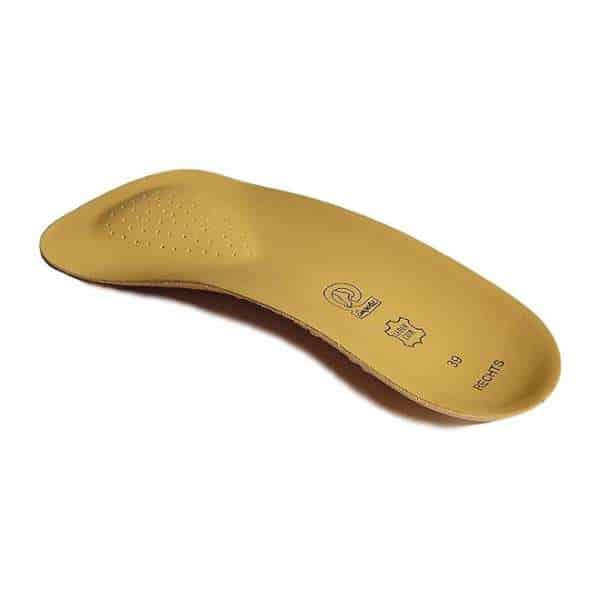
Key Features:
- Excellent customer service.
- Effective relief for various foot conditions.
- Durable construction.
- Provides both arch and medial support.
- Suitable for wide-toebox shoes.
User Experience:
- Positive feedback for pain relief and durability.
- Some discomfort reported with the newer version.
- Issues with metatarsal pad placement.
- Limited return policy challenges.
What We Like:
- Exceptional customer service.
- Effective relief for various foot conditions.
- Durable construction.
- Provides both arch and medial support.
- Suitable for wide-toebox shoes.
What We Dislike:
- Discomfort with the newer version.
- Incorrect metatarsal pad placement.
- Limited return policy challenges.
4. Tread Labs
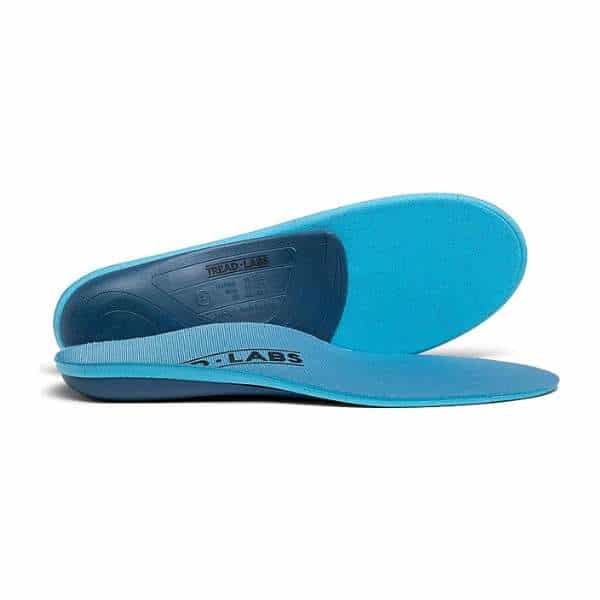
Key Features:
- True to size with excellent support.
- Recommended for Plantar Fasciitis (PF) pain relief.
- Suitable for everyday use.
- Offers high levels of support for overpronation and bunions.
- Enhances walking and standing comfort.
User Experience:
- Users appreciate the insoles’ comfort, pain relief, and suitability for everyday use.
- Some users had painful experiences, fit issues, and quality control problems.
What We Like:
- True-to-size comfort.
- Effective pain relief.
- High arch support for conditions like Plantar Fasciitis.
What We Dislike:
- Some users experienced discomfort.
- Quality control issues, including dirty or used insoles.
- Fit problems without single insole replacements available.
5. Spenco

Key Features:
- Long-lasting comfort and durability.
- Suitable for sports and high-impact activities.
- Affordable pricing.
- Potential relief for plantar fasciitis.
User Experience:
- Users love the comfort, durability, and suitability for sports.
- Affordability is a plus.
- Some find relief from plantar fasciitis.
What We Like:
- Lasting comfort and durability.
- Versatility for sports and activities.
- Affordable option.
- Potential plantar fasciitis relief.
What We Dislike:
- The arch design may only suit some.
- Fit issues reported.
- Some experienced an adjustment period.
Primary Cause of Back Pain
Our feet are the foundation of our body, absorbing impact and providing stability as we move. When our feet are misaligned or lack proper support, it can lead to a chain reaction of musculoskeletal issues, including back pain. Common foot conditions that contribute to back pain include:
- Back pain caused by flat feet: Flat feet, or fallen arches, happen when the arches of the feet tumble, causing the entire foot to make a connection with the ground. This can lead to excessive pronation, rolling inward of the feet, which can strain the muscles and ligaments in the back.
- Back pain caused by high arches: High arches, or pes cavus, are characterized by excessive arch height, resulting in limited flexibility and shock absorption. This can put extra strain on the joints of the feet, ankles, and knees, potentially leading to back pain.
Orthotic Treatment for Back Pain
Orthotic insoles are designed to provide support and alignment to the feet, helping to correct biomechanical imbalances and alleviate pain. By providing arch support, orthotics can reduce excessive pronation or supination, promoting proper alignment of the feet, ankles, and legs and potentially reducing strain on the back.
Tips to choose the Best Insoles for Back Pain?
When choosing insoles for back pain, there are several factors to consider:
- Type of arch: Different types of arches require different levels of support. Orthotic insoles are available for flat, high, and normal arches.
- Level of activity: If you are active and spend much time on your feet, you will need insoles that provide more support and cushioning.
- Material: Insoles are made from various materials, each with its properties. Some common materials include EVA foam, gel, and carbon fiber.
- Price: Orthotic insoles can range from around $10 to $100. Finding a pair that fits your budget and provides the level of support you need is essential. Check the current price here.
- Insoles vs. Orthotics: Orthotic insoles are often used interchangeably with the term “insoles,” but there is a slight difference. Insoles are a general term for any shoe insert, while orthotic insoles are specifically designed to provide support and correct foot alignment.
- Cushioning: Cushioning is essential for all insoles, but it is significant for people who experience heel pain or plantar fasciitis. Look for insoles with multiple layers of
- Choose the right size: Orthotic insoles should fit snugly in your shoes. If they are too big, they will slip around and not provide adequate support. If they are too small, they can cause discomfort.
- Know the level of support you need: The amount of support you need will depend on your foot condition and activity level. If you have mild pronation or flat feet, you may need less support than someone with severe pronation.
Final Verdict
Chronic back pain can significantly impact your daily activities, but using the proper insoles can make a substantial difference. It can dramatically improve your foot comfort and alleviate back pain.
Consult with a podiatrist or healthcare expert to select the most appropriate type of insoles for your individual needs. Check the Healthline blog for more information.
Whether you suffer from plantar fasciitis, arthritis, or poor posture, insoles are tailored to address your specific needs. So, take a step towards a pain-free life by choosing the best insoles for your unique situation.
FAQ
What are the best insoles for flat feet and back pain?
Flat feet can cause back pain. Orthotic insoles with arch support can help by correcting foot alignment and supporting the arches.
Do insoles help with plantar fasciitis and back pain?
Plantar fasciitis can cause back pain. Insoles with cushioning and arch aid can help clear heel pain and reduce strain on the back muscles, potentially easing back pain associated with this condition.
What are the different types of insoles for back pain?
Insoles vary in design according to foot conditions and activity levels. Orthotic insoles correct foot alignment, while over-the-counter insoles offer general support and cushioning.
How do I choose the right insoles for back pain?
To choose the right insoles for back pain, consider your foot type, activity level, and severity. A podiatrist or healthcare professional can assist you in finding the most suitable insoles.
How long does it take for insoles to relieve back pain?
Insoles’ effectiveness in relieving back pain varies by individual and severity. Relief may be quick or gradual.
Can insoles help prevent back pain?
Insoles can help control back pain by providing proper foot support and alignment, reducing the risk of foot-related imbalances contributing to back pain.
Are insoles expensive?
Orthotic insoles can range from around $10 to $100 or more. The price depends on factors such as the type of insole, material, and brand.
Can I wear insoles in all my shoes?
Insoles should be worn in all shoes to provide consistent support and alignment throughout the day.
How often should I replace my insoles?
Insoles typically last 6 to 12 months, depending on usage and material. Signs indicating the need for replacement include worn-out cushioning, reduced support, or changes in foot condition.

